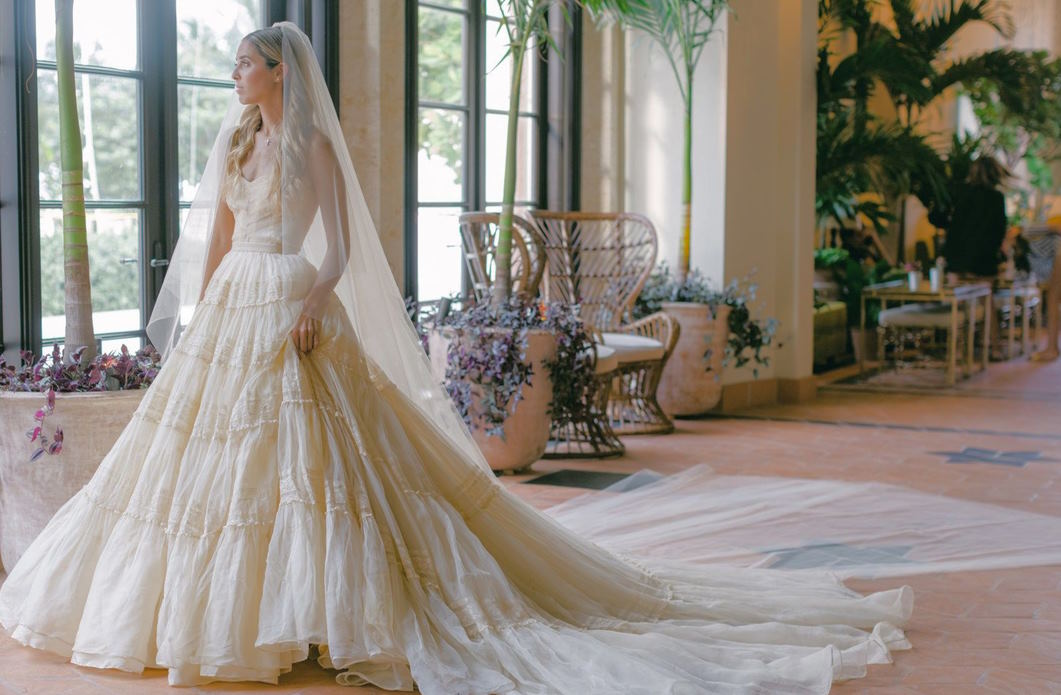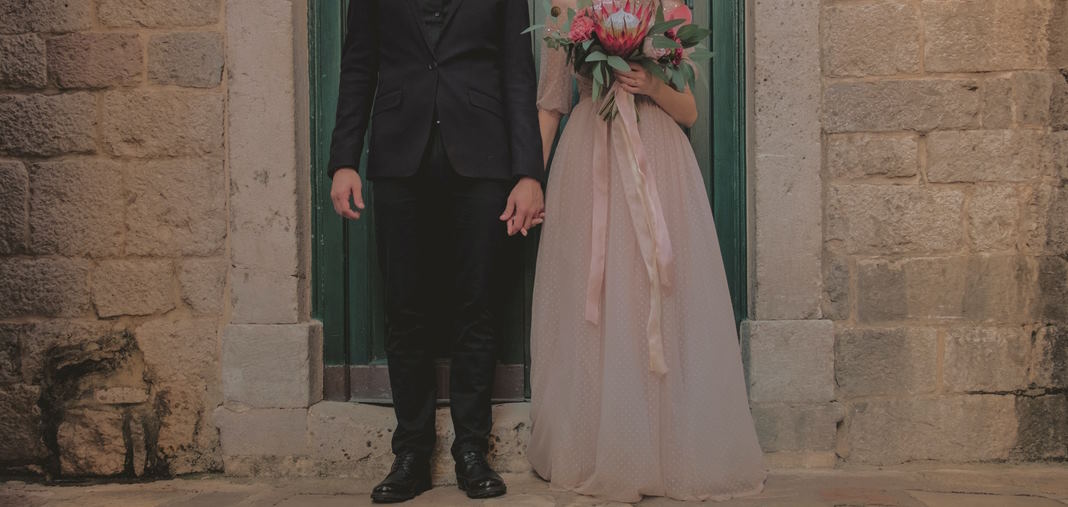Wedding photography has come a long way since the early days of photography. The evolution of technology, cultural changes, and societal expectations have all had an impact on the trends in wedding photography over time. Today, wedding photography is not just about capturing the moment, but also about telling a story, creating a mood, and capturing the emotions of the day. In this blog post, we will take a look at the evolution of wedding photography trends from the past to the present, and how they have shaped the way we capture one of the most important days in a couple’s life. We will explore the changing styles, techniques, and technologies that have made wedding photography what it is today, and what we can expect in the future. So, let’s dive in and discover how wedding photography has evolved over the years.
The Early Days of Wedding Photography
Wedding photography has come a long way since its early days in the early 20th century. At that time, wedding photography was still a new concept, and photographers were still experimenting with different techniques and styles.
The technology available during this time was quite limited, which meant that photographers had to be very creative with what they had. The cameras used were large and bulky, making it difficult to move around and capture candid moments. In addition, film was expensive, and photographers had to be very careful about how many shots they took.
Despite these limitations, photographers in the early days of wedding photography still managed to create some truly stunning images. Many of the styles and techniques used during this time have continued to influence wedding photography to this day.
One of the most common styles used during this time was the formal portrait. These portraits were typically posed and arranged in a specific way, with the bride and groom often standing stiffly next to each other. These portraits were often taken in a studio, with a plain backdrop and minimal props.

Another popular style during this time was the tableau vivant. These were elaborate staged scenes that depicted a specific moment or theme. For example, a tableau vivant might show the bride and groom in a romantic pose, surrounded by flowers and other decorative elements.
Despite the limitations of technology during this time, early wedding photographers were still able to capture some truly beautiful images. Their creativity and dedication to their craft laid the foundation for the evolution of wedding photography in the decades to come.
The Rise of Candid Wedding Photography
In the mid-20th century, there was a noticeable shift in wedding photography from traditional posed portraits to candid shots. This change was influenced by the rise of photojournalism, which emphasized capturing real moments and events as they unfolded.
Photojournalism had a significant impact on wedding photography, as it encouraged photographers to take a more documentary-style approach to capturing weddings. Rather than simply posing the bride and groom and taking formal portraits, photographers began to capture the candid moments that occurred throughout the day.
This shift was particularly evident in the emergence of documentary-style wedding photography. Documentary-style photographers aimed to capture the wedding day as it happened, with a focus on storytelling and the emotions of the day.
The rise of candid wedding photography was also influenced by changes in technology. As cameras became smaller and more portable, photographers were able to move around more freely and capture moments from different angles. In addition, the advent of digital photography made it easier for photographers to take more shots without worrying about the cost of film.
The popularity of candid wedding photography has continued to grow in recent years, with many couples opting for a more relaxed and natural approach to their wedding photography. This style allows for more genuine and authentic moments to be captured, resulting in a more meaningful and memorable record of the day.

The Digital Revolution
The digital revolution had a significant impact on wedding photography, changing the way that photographers approached their craft and opening up new possibilities for creativity and innovation.
One of the most significant changes brought about by digital photography was the ability to take a much larger number of shots. Unlike film, digital cameras allow photographers to take hundreds or even thousands of shots without worrying about the cost of developing and printing. This meant that photographers could experiment more freely, trying out new angles, compositions, and lighting techniques without fear of wasting film.
Another significant impact of digital photography was the rise of post-processing and editing. With the ability to manipulate images in software like Photoshop, photographers were able to create unique and creative images that went beyond what was possible with film. This opened up new possibilities for experimentation and allowed photographers to push the boundaries of what was possible in wedding photography.
The emergence of new styles and techniques was also facilitated by the digital revolution. For example, the use of drones has become increasingly popular in recent years, allowing photographers to capture aerial shots of wedding venues and create stunning panoramic images.
In addition, the rise of social media has had a significant impact on wedding photography, with couples now expecting their wedding photos to be instantly shareable on platforms like Instagram and Facebook. This has led to an increased focus on creating images that are visually striking and that capture the essence of the wedding day in a single image.
Overall, the digital revolution has had a significant impact on wedding photography, enabling photographers to create images that are more creative, innovative, and visually stunning than ever before.

